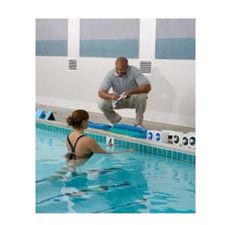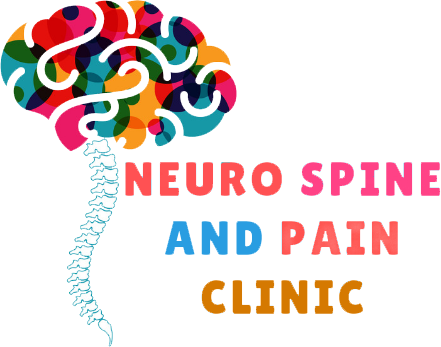
What is Aquatic Therapy?
Aquatic Therapy is a new name for a treatment method with ancient roots. Over the centuries, health care practitioners have used various terms for the therapeutic and rehabilitative benefits conferred by water. Aquatic therapy should not be confused with swimming / adaptive aquatics. Adaptive aquatics is the process of teaching people with disabilities how to swim safely in the water.
Aquatic rehabilitation describes a scientific theory, a medical rationale, & a set of clinical procedures using water immersion for the restoration of physical mobility and physiologic activity, & at times, for effecting psychological transformation. A large variety of patients and diagnosis are being treated today in an aquatic environment in conjunction with other rehabilitation services within individual treatment programs. (Guidelines and standards for Aquatic Therapy, Aquatic Therapy Network India)
HOW DOES AQUATIC THERAPY HELP IN NEUROLOGICAL CONDITIONS?
The main aim of Aquatic Therapy is to provide patients with better movement solutions to compliment land-based rehabilitation and assist in functional recovery. The patients with various neurological disorders like stroke, spinal cord injury, cerebral palsy, autism, muscular dystrophy, multiple sclerosis, parkinson’s disease, motor neuron disease, cerebellar ataxia, spinal muscular atrophy, down syndrome can be treated with aquatic therapy.
Physical Improvement:
Aquatic Therapy improves muscle strength, voluntary control, sitting, hand function standing & walking balance.
Physiological Improvement:
It increases cardiac endurance, breathing capacity, concentration & attention span, body awareness, a greater degree of freedom for performing various movements that are not possible on land.
Therapeutic Changes:
Aquatic Therapy uses hydrodynamic principles of water to reduce spastic dystonia, pain during stretching exercises, hyperactivity & to restore body structure & function.
WHY IS AQUATIC THERAPY NEEDED AFTER CELL THERAPY?
Regenerative medicine treatments offered using cell transplantation require rigorous rehabilitation. In many of the neurological disorders this may be limited on land due to activity limitation. Synaptogenesis and synaptic pruning is activity dependent, which means, the greater the activity better will be formation new neuronal networks. This increases the plasticity of the brain. Aquatic therapy also helps to increase secretion of certain neuroprotective chemicals in the body, like Brain Derived Neurotrophic Factor, BDNF and reduced inflammation. This coupled with the benefits of goal oriented therapy resonate with the benefits of cell transplantation. It is essential to combine these treatments for optimum clinical improvement.
